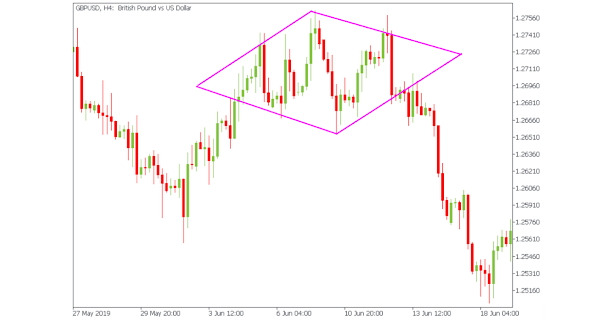Unlocking the Power of the Supertrend Indicator in Forex Trading
In the ever-evolving world of forex trading, technical indicators play a crucial role in helping traders make informed decisions. One such powerful tool is the Supertrend indicator. Known for its simplicity and effectiveness, the Supertrend indicator can be a valuable addition to any trader's toolkit. In this article, we will explore what the Supertrend indicator is, how it works, and how you can use it to enhance your trading strategy on ssfxtrader.blogspot.com.
What is the Supertrend Indicator?
The Supertrend indicator is a trend-following tool that helps traders identify the direction of the market trend. It is plotted on the price chart and moves above or below the price, indicating whether the market is in an uptrend or a downtrend. The indicator is based on two key parameters: the Average True Range (ATR) and a multiplier factor. These parameters help in setting the distance of the indicator from the price, ensuring that it adapts to market volatility.
How Does the Supertrend Indicator Work?
The Supertrend indicator uses the ATR to calculate its distance from the price. The ATR measures market volatility, and the multiplier factor determines how sensitive the indicator is to price movements. Here's a breakdown of how the Supertrend indicator works:
Uptrend Signal: When the price moves above the Supertrend line, it indicates an uptrend. The Supertrend line turns green, suggesting that traders should consider buying opportunities.
Downtrend Signal: Conversely, when the price moves below the Supertrend line, it indicates a downtrend. The Supertrend line turns red, suggesting that traders should consider selling opportunities.
Trend Reversals: The Supertrend indicator also helps identify trend reversals. When the price crosses the Supertrend line, it signals a potential change in the trend direction.
How to Use the Supertrend Indicator in Forex Trading
Using the Supertrend indicator effectively requires understanding its signals and integrating it into your trading strategy. Here are some steps to help you get started:
Setting Up the Indicator: Most trading platforms, including MetaTrader and TradingView, offer the Supertrend indicator. Set the ATR period (commonly set to 10 or 14) and the multiplier factor (commonly set to 3). These settings can be adjusted based on your trading style and the currency pair you are trading.
Identifying Entry Points: Look for buy signals when the price crosses above the Supertrend line and the line turns green. Conversely, look for sell signals when the price crosses below the Supertrend line and the line turns red.
Confirming Trends: Use the Supertrend indicator in conjunction with other technical indicators, such as Moving Averages or the Relative Strength Index (RSI), to confirm the trend direction and reduce the likelihood of false signals.
Setting Stop Losses: The Supertrend line can also serve as a dynamic stop-loss level. For long positions, place your stop loss slightly below the Supertrend line, and for short positions, place it slightly above the line.
Adjusting for Volatility: In highly volatile markets, consider increasing the ATR period or the multiplier factor to reduce the number of false signals. Conversely, in less volatile markets, you may want to decrease these settings to capture more signals.
Advantages of the Supertrend Indicator
- Simplicity: The Supertrend indicator is easy to understand and use, making it suitable for both novice and experienced traders.
- Trend Identification: It effectively identifies the prevailing market trend, helping traders align their positions with the market direction.
- Dynamic Stop Losses: The indicator provides dynamic stop-loss levels, which can be more effective than static stop-losses in protecting profits.
Limitations of the Supertrend Indicator
- Lagging Nature: Like all trend-following indicators, the Supertrend is lagging and may generate signals after the trend has already started.
- False Signals: In sideways or choppy markets, the Supertrend indicator may produce false signals. It's essential to use it in conjunction with other indicators and analysis techniques.
Conclusion
The Supertrend indicator is a versatile and powerful tool that can help traders identify market trends and make informed trading decisions. By understanding how it works and integrating it into your trading strategy, you can enhance your ability to navigate the forex market successfully. For more insights and tips on forex trading, visit ssfxtrader.blogspot.com. Happy trading!










